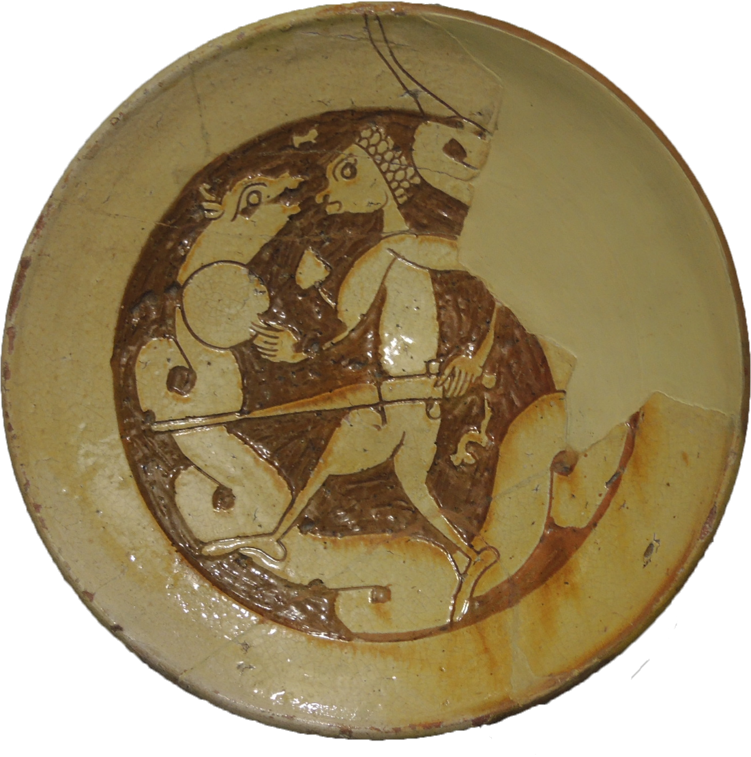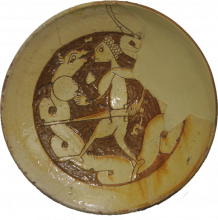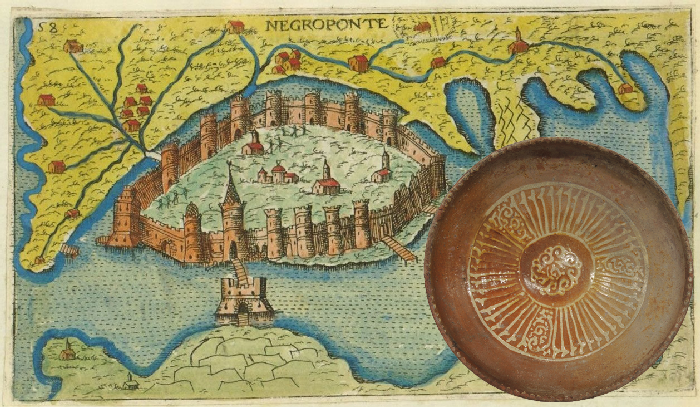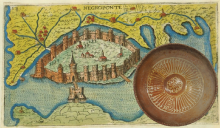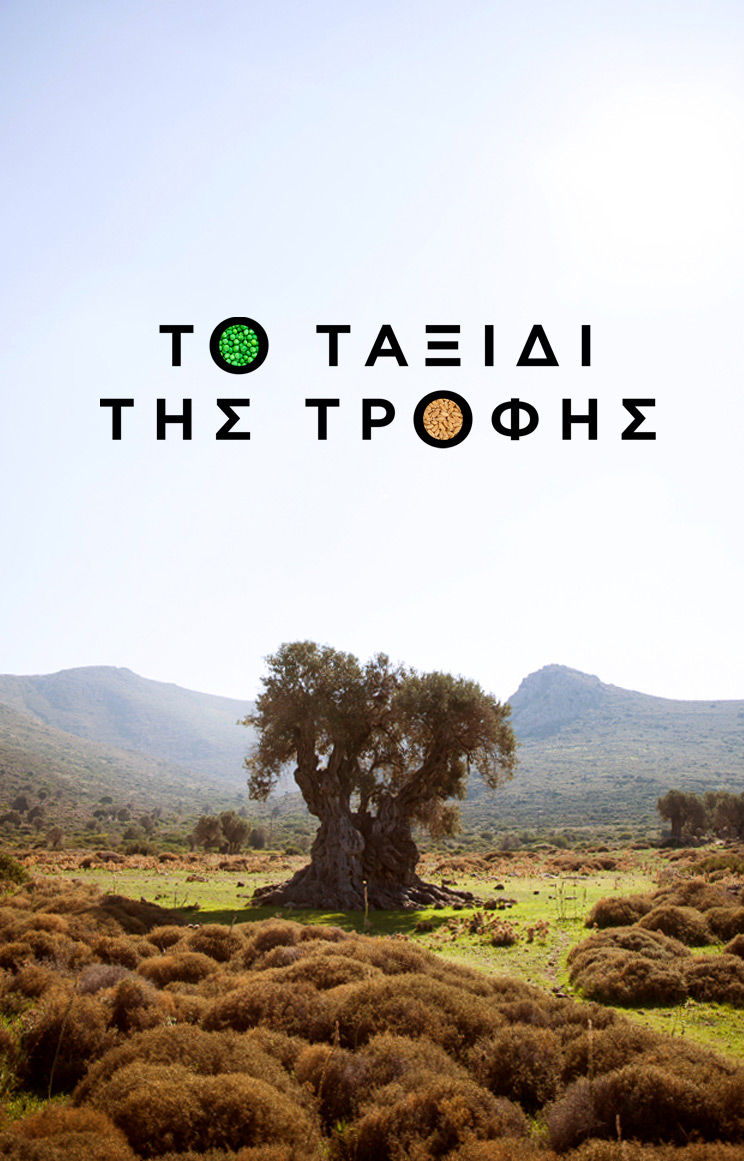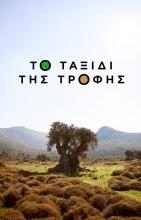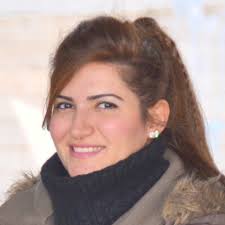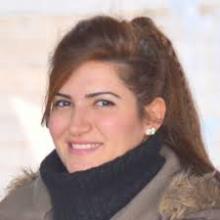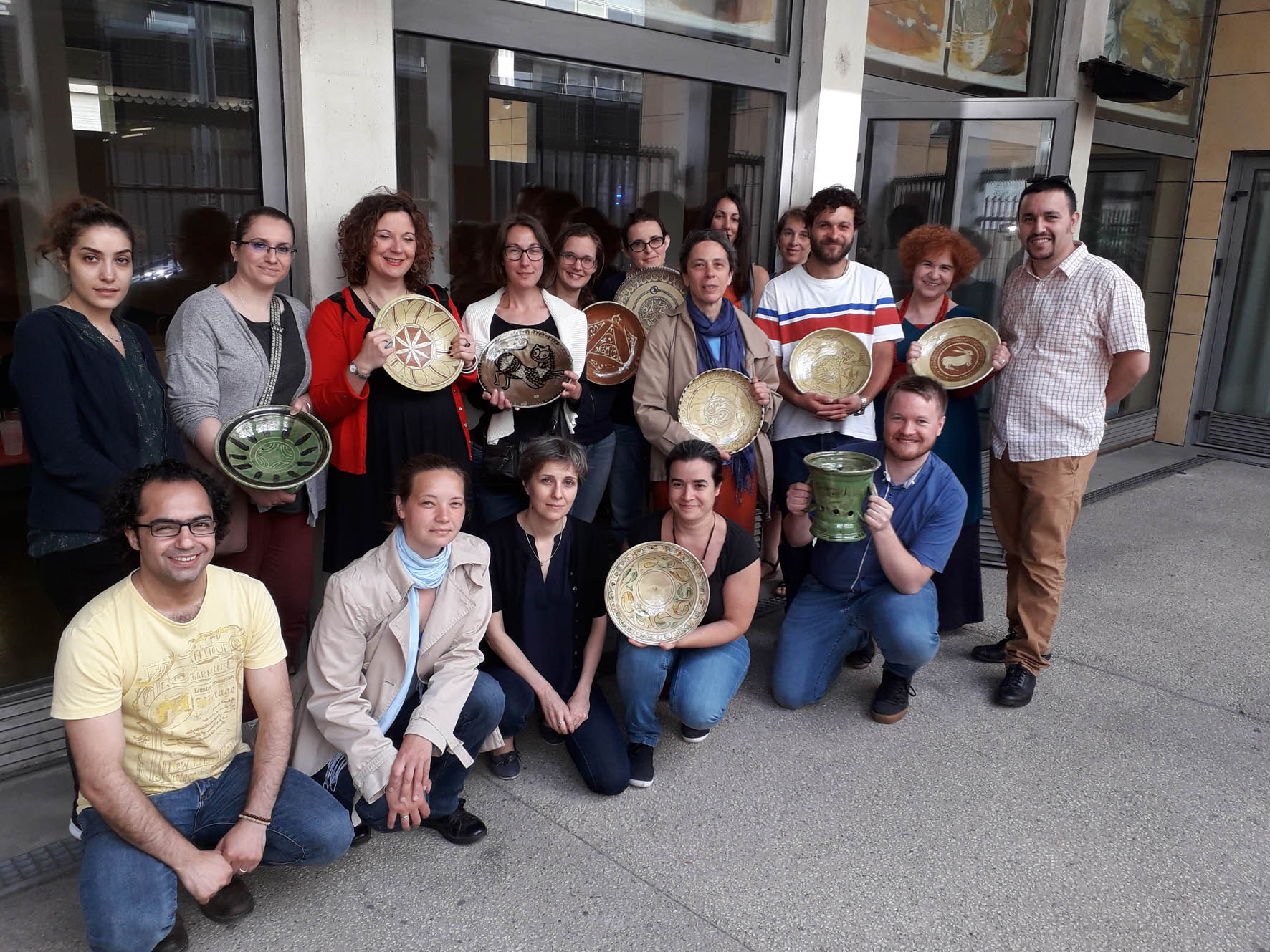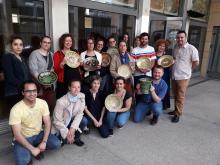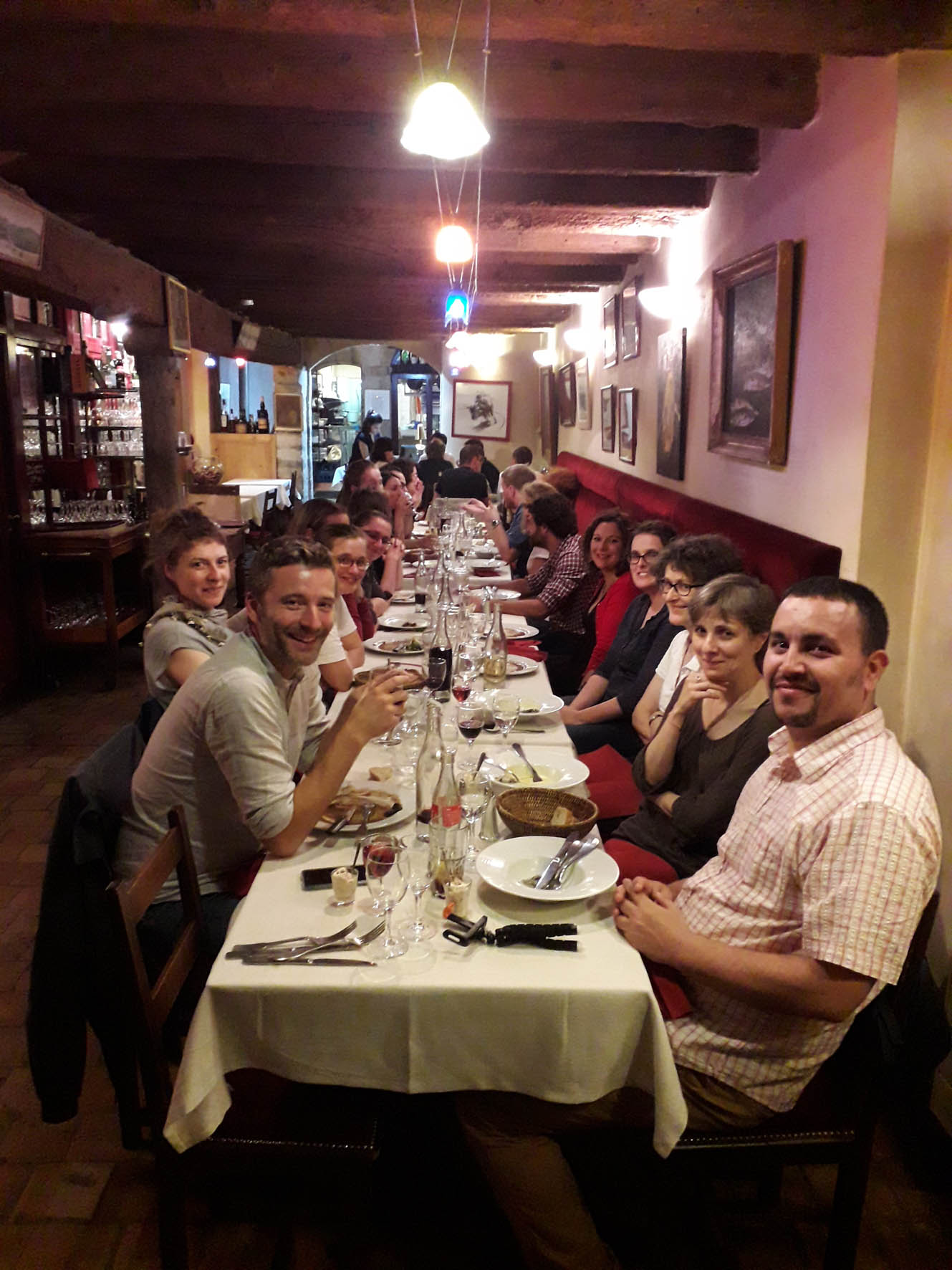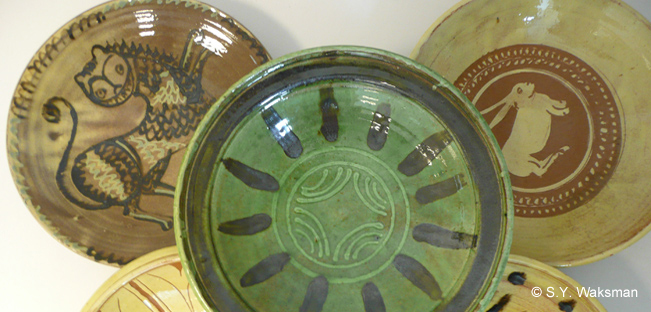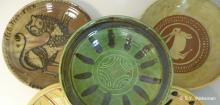Aybüke Öztürk will defend her PhD thesis in IT, carried out under the supervision of Stéphane Lallich, Jérôme Darmont and Yona Waksman, on July 9th 2018:
"Design, implementation and analysis of a description model for complex archaeological objects"
Aybüke contributed to the POMEDOR project and to the new design of the ceramics database of Lyon laboratory, which is one of the largest database of chemical data of archaeological ceramics in Europe. The new model includes a full description of pottery samples - text description, drawings, photos of objects and of fabrics under the binocular, 3D models... - together with analytical results - chemical and petrographical analysis... This kind of complex databases, including numerical, text and image data, is becoming increasingly common.
She also developped, together with Stéphane Lallich, models of "committees of clusterers". In these committees, several clusterers may classify the same objects, or categories of objects, according to different citeria. This approach somehow models the dialogue between archaeologists and archaeological scientists.
